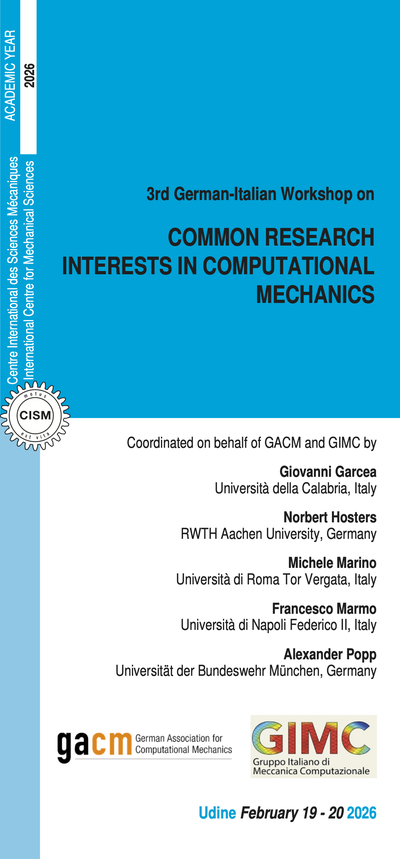Ceria-based oxides have gained a major position in the list of non-innocent supports, active co-catalysts and advanced materials, mainly for environmental applications and for energy conversion systems. The new century has confirmed the unique and irreplaceable role of ceria and ceria–zirconia in advanced car converters for exhaust gas pollution control. Parallel to this worldwide application, these materials have a bright future in many new sectors, including as catalysts in hydrogen production and purification and in fuel cells (either as electrolytes or catalytic materials) and even as photocatalysts. Consistently, the course will cover the fundamentals of cerium dioxide exposing students to relevant topics in chemistry, materials science, catalysis and chemical engineering. The final aim is of highlighting cutting-edge research priorities and discussing the state of the art developments in this field. Contents will be divided in two main sections: 1. Fundamental aspects of ceria based materials; 2. Catalytic applications of ceria based materials. Lecture topics will cover: - Structural aspects - Preparation - Characterization - Theory / Modelling / simulation - Redox-Oxygen storage properties - Core-shell systems - Biocatalysis - Applications (Solid Oxides Fuel Cells, Oxygen Membranes, Combustion Catalysis, Water Gas Shift Reaction…..). The school will draw on the knowledge and expertise of a group of internationally renowned scientists currently working at the leading edge of chemistry and catalysis by cerium dioxide based materials. These courses are designed for MSc-students, PhD-students, Post-Doctorate and young researchers. However, attendance will benefit all those interested in the key research and development issues facing ceria based materials science and technology: young professionals working at the forefront of catalysis or entering in the field, experienced researchers wishing to review the technology addressed and expand their knowledge on application of ceria in catalysis. The workshop is also aimed at science and engineering faculty whose expertise lie in other fields and are looking to enter the field of ceria-based catalysts.
Agustin Bueno-Lopez (None)
Diesel soot combustion ceria catalysts.Daniel Duprez (None)
Metal-ceria interactions in oxidation reactions in water: conflicting role of redox and basic properties of ceria-based supports.Angelos Efstathiou (None)
Transient Isotopic Techniques as Powerful Tool to Elucidate the Mechanism of Water-Gas Shift Reaction.Robert Farrauto (None)
Overview of the use of ceria in diesel oxidation and three-way catalysts.Raymond Gorte (None)
Taking Advantage of Oxygen Transfer from Ceria to Metal Catalysts.Virginie Harle (None)
Ceria based materials in automotive catalysis: past and future trends.Jordi Llorca (None)
Hydrogen production from alcohol with ceria-based catalysts.Mogens B. Mogensen (None)
Ceria as electrode component in electrochemistry.Javier Perez-Ramirez (None)
CeO2 catalysts for halogen production.Albin Pintar (None)
Ceria based catalysts for efficient transformation of waste to syngas.Kevin Prince (None)
Soft x-ray studies of ceria and adsorbates on ceria at Elettra.Benjaram M. Reddy (None)
The influence of dopants on the reactivity of ceria.Michael Reichling (None)
Reducibility and defects on ceria surfaces probed at the atomic scale.Joachim Sauer (None)
The role of oxygen defects for the reactivity of ceria.Sudipta Seal (None)
Biocatalysis of nanoceria.Carmen Tiseanu (None)
Interactions between ceria host and lanthanide dopants probed by luminescence spectroscopy.Chunhua Yan (None)
Controllable Synthesis of Ceria-based Nano- and mesoporous Materials.Masatomo Yashima (None)
Crystal Structure, Electronic Structure, Oxygen Diffusion, Phase Transformation, and Phase Diagram of Ceria-Zirconia and Ceria-Based Material.
